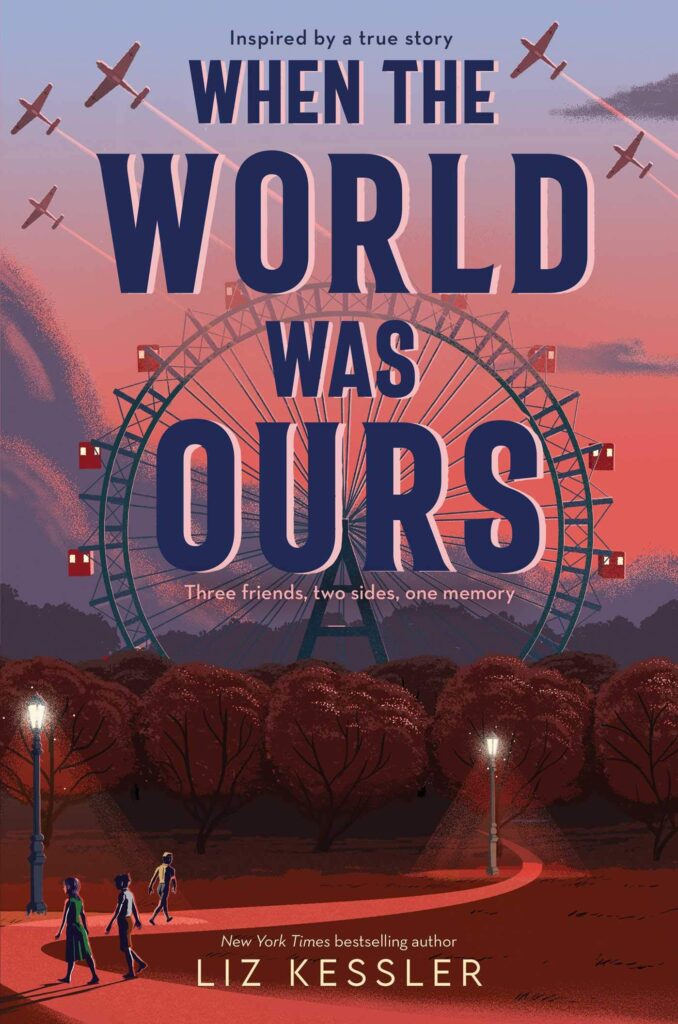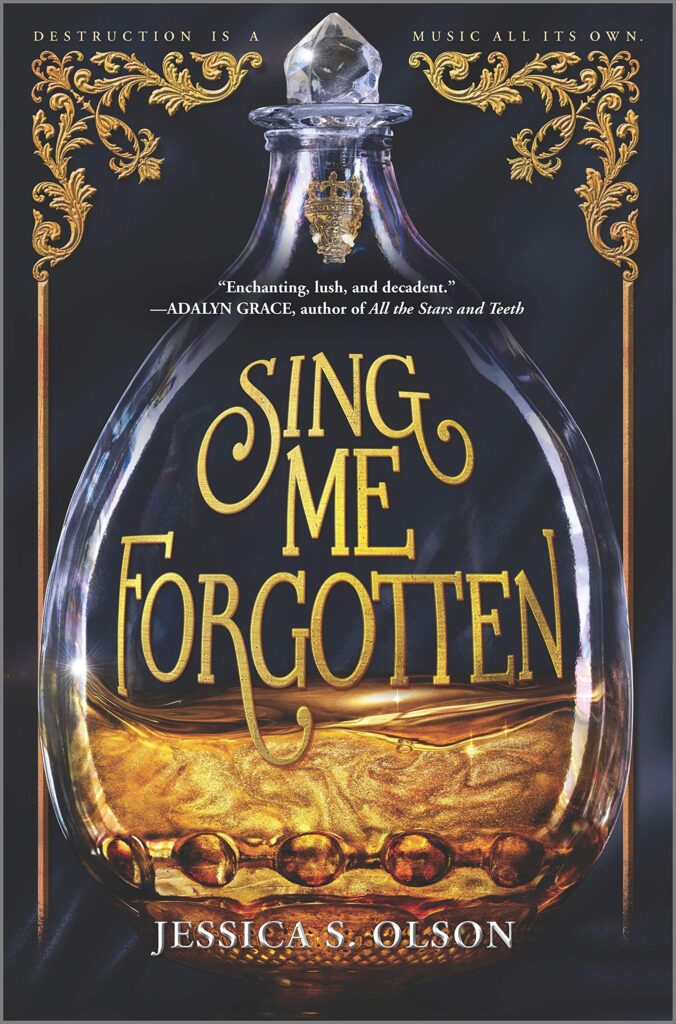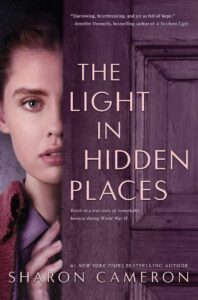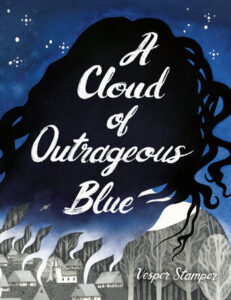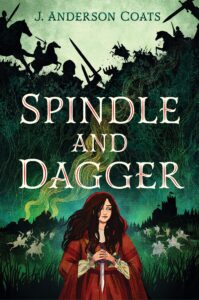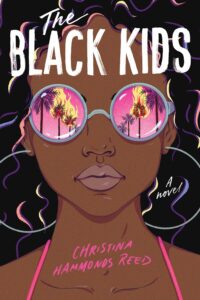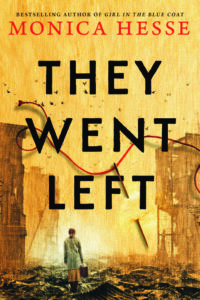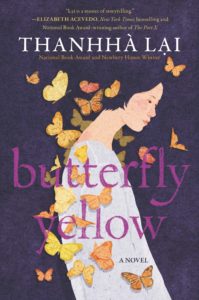When the World Was Ours by Liz Kessler is a book filled with opposites; grief is coupled with hope, sadness with joy, and exhaustion with resilience. Based on a real story, this book causes you to feel and reflect upon a deeper level of the history of our worldand how we continue to move forward.
Set during the Holocaust, three young friends are faced with the challenges of growing up in a time where acceptance is hard to come by. A single photograph reminds them of one perfect day spent together before Elsa is ripped from her family and sent to Auschwitz, Leo struggling to escape Vienna and the Nazis, and Max turning into a monster that values praise and reverence before the moral conscious of his mind. Separated through distance and life experiences, each must find their own way through the dark times of Nazi Germany.
Liz Kessler paints a haunting story. It inspires anger, disgust, and immense sorrow for the painful blotch the Holocaust left on our history. Her images and language are powerful, heightened by the truth behind the words. This book is filled with shadows, but even so we see small glimmers of hope and perseverance in the family ties of our characters. The love they share is stronger than all the hate of those who participated in the monstrous acts of the Holocaust.
This book may not be an easy read, or necessarily a fun read, but I believe it is an important read to share the stories of the survivors in such a dark time. The writing itself is well done and the story important. I recommend for anyone seeking a more serious and thought provoking story.

